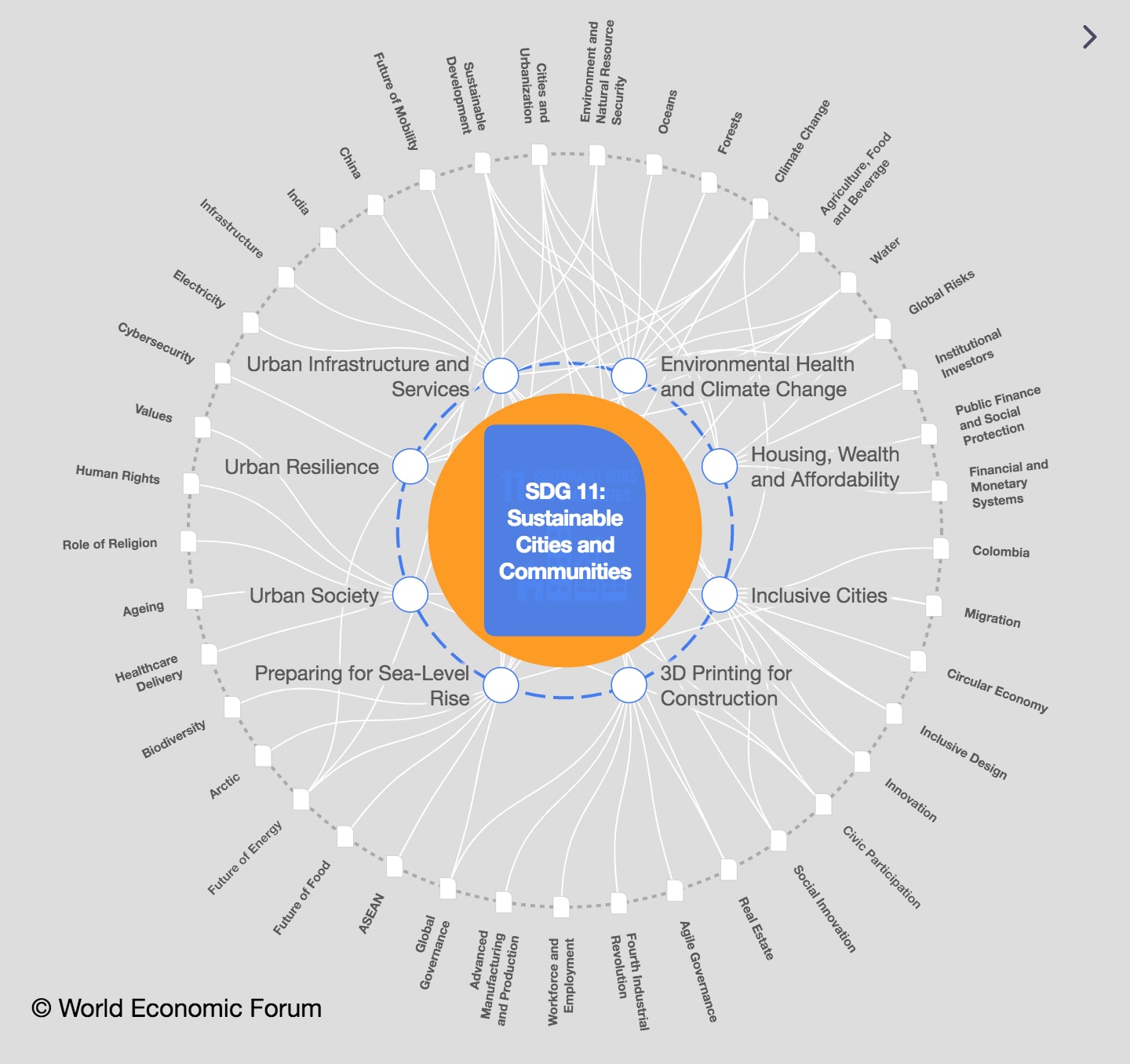This is how solar panel recycling can be scaled up now

Although in its early stages, solar panel recycling technology is well underway. Image: UNSPLASH/Zbynek Burival
Listen to the article
- Solar is the fastest growing renewable energy source and is projected to continue to accelerate due to the Inflation Reduction Act.
- However, in the past, decommissioned solar panels mostly went to landfills. Nowadays, 95% of value in materials can be recycled – but solar panel recycling needs to be scaled up.
- Recent projections indicate recyclable materials from solar panels will be worth more than $2.7 billion by 2030.
Unlike many consumer electronics, solar panels have a long lifespan that extends 20 to 30 years. In fact, many panels are still in place and producing from decades ago. Because of their longevity, solar panel recycling is a relatively new concept, leading some to wrongly assume that end-of-life panels will all end up in the landfill. Although in its early stages, solar panel recycling technology is well underway. With the exponential growth of solar power, recycling should be scaled up quickly.
The solar industry is booming, with tens of millions of solar panels installed on more than three million homes across the United States. And with the recent passage of the Inflation Reduction Act, solar adoption is expected to see accelerated growth over the next decade, presenting a massive opportunity for the industry to become even more sustainable.
In the past, without the proper technology and infrastructure in place, the aluminium frames and glass from solar panels were removed and sold for a small profit while their high-value materials, like silicon, silver and copper, have largely been too difficult to extract. This is no longer the case.
Solar as a dominant renewable energy source
Solar panel recycling companies are developing the technology and infrastructure to process the upcoming volume of end-of-life solar. In the last year, recycling companies are also commercializing and scaling the recycling and recovery processes.
The recycling company SOLARCYCLE working in cooperation with solar providers like Sunrun can recover up to approximately 95% of a solar panel’s value. These can then be returned to the supply chain and used to manufacture new panels or other materials.
It is indeed possible to have a robust domestic circular supply chain for solar panels – all the more so with the recent passage of the Inflation Reduction Act and its tax credits for domestic manufacturing of solar panels and components. Recent projections indicate recyclable materials from solar panels will be worth more than $2.7 billion by 2030, up from $170 million this year. Solar panel recycling is no longer an afterthought: it’s an environmental necessity and an economic opportunity.
In the past decade, solar has made great strides by becoming the dominant renewable energy source. But scaling is no longer enough. It will take more than disruptive technology to make clean energy affordable as well as truly clean and sustainable. Engineers, lawmakers, entrepreneurs and investors must again come together and lead a concerted effort by building recycling facilities nationwide and partnering with established solar asset holders and installers. Recycling can scale and become the industry norm.
Investment as a critical component for scaling solar panel recycling
Investment can also help speed up the recycling market’s growth and adoption. The Department of Energy’s National Renewable Laboratory found that with modest government support, recycled materials can meet 30-50% of domestic solar manufacturing needs in the United States by 2040. The research suggests that $18 per panel for 12 years would establish a profitable and sustainable solar panel recycling industry by 2032.
This amount is small compared to subsidies the government provides to fossil fuels. In 2020, fossil fuels received $5.9 trillion in subsidies – when factoring in the social cost of carbon (the economic costs associated with carbon emissions), which is estimated to be $200 per ton of carbon or a federal subsidy close to $2 per gallon of gasoline, according to research.
The difference this industry can make for customers and our planet is profound. With continued investment and innovation, we can achieve a solar industry that’s truly sustainable, resilient and climate-hardy for all. We simply can’t afford not to.
Don't miss any update on this topic
Create a free account and access your personalized content collection with our latest publications and analyses.
License and Republishing
World Economic Forum articles may be republished in accordance with the Creative Commons Attribution-NonCommercial-NoDerivatives 4.0 International Public License, and in accordance with our Terms of Use.
The views expressed in this article are those of the author alone and not the World Economic Forum.
Stay up to date:
SDG 11: Sustainable Cities and Communities
Forum Stories newsletter
Bringing you weekly curated insights and analysis on the global issues that matter.
